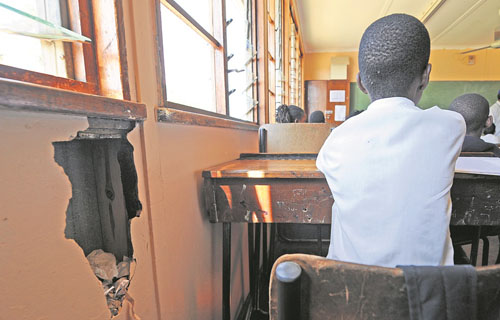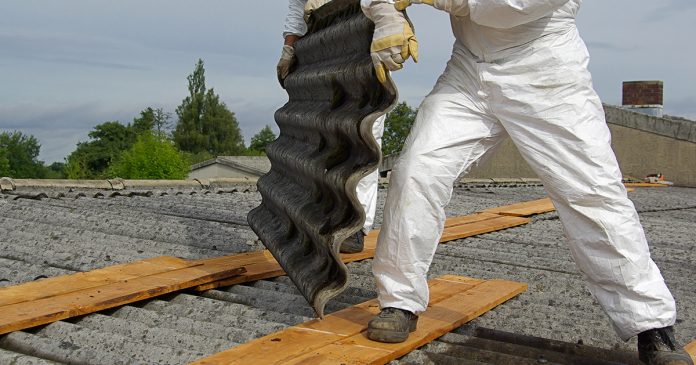Asbestos is a naturally occurring mineral that was used extensively in construction for decades. Despite being banned in many countries, including the US, the material is still present in numerous buildings, especially in older structures. This includes schools, where asbestos can pose a serious threat to the health and well-being of students and faculty members.
Asbestos was once commonly used in schools for its fire-resistant properties and durability. However, as the dangers of asbestos exposure became more widely known, regulations were put in place to limit its use. Unfortunately, many schools built before these regulations went into effect still contain asbestos.
The threat posed by asbestos in schools is often overlooked or ignored, as the material is usually only harmful when it is disturbed and the fibers become airborne. This can occur during renovation or demolition projects, or even during routine maintenance tasks like replacing ceiling tiles or repairing pipes.

When asbestos fibers are inhaled, they can become lodged in the lungs and cause serious health problems, including lung cancer, mesothelioma, and asbestosis. These illnesses can take years or even decades to develop, and there is no known cure for any of them.
Schools have a responsibility to protect their students and staff from the dangers of asbestos. This includes identifying areas of the school that contain asbestos, implementing proper management and removal procedures, and educating students, parents, and faculty about the risks of asbestos exposure.
Contents
Identifying Asbestos in Schools
The first step in protecting against asbestos exposure in schools is to identify areas where the material may be present. This can include:
- Ceiling tiles
- Floor tiles
- Insulation
- Pipe insulation
- Roofing materials
- Wallboard
If your school was built before the 1980s, it is likely that it contains asbestos. A certified asbestos inspector can conduct an assessment of the school and identify areas where the material is present.
Managing and Removing Asbestos in Schools
Once asbestos has been identified in a school, it is important to develop a management plan to prevent exposure. This can include:
- Labeling asbestos-containing materials.
- Enclosing or sealing off areas where asbestos is present.
- Regular inspections to ensure the material is not disturbed.
- Training custodial and maintenance staff on proper handling procedures.
In some cases, it may be necessary to remove asbestos from the school. This should only be done by certified asbestos abatement professionals who can ensure that the material is safely removed and disposed of.
Education and Awareness
Finally, it is important to educate students, parents, and faculty about the risks of asbestos exposure and the steps being taken to protect against it. This can include:
- Providing information about the health risks of asbestos exposure.
- Explaining the school’s management plan and removal procedures.
- Encouraging students, parents, and faculty to report any suspected asbestos-containing materials to school administrators.
By taking these steps, schools can help protect their students and staff from the dangers of asbestos exposure. It is important to remember that the threat posed by asbestos is very real, and should not be taken lightly.
Conclusion
Asbestos in schools is a serious threat to the health and well-being of students and faculty members. While regulations have been put in place to limit its use, many older schools still contain asbestos. Identifying areas where the material is present, developing a management plan, and educating the school community about the risks of asbestos exposure are all critical steps in protecting against this silent threat.



